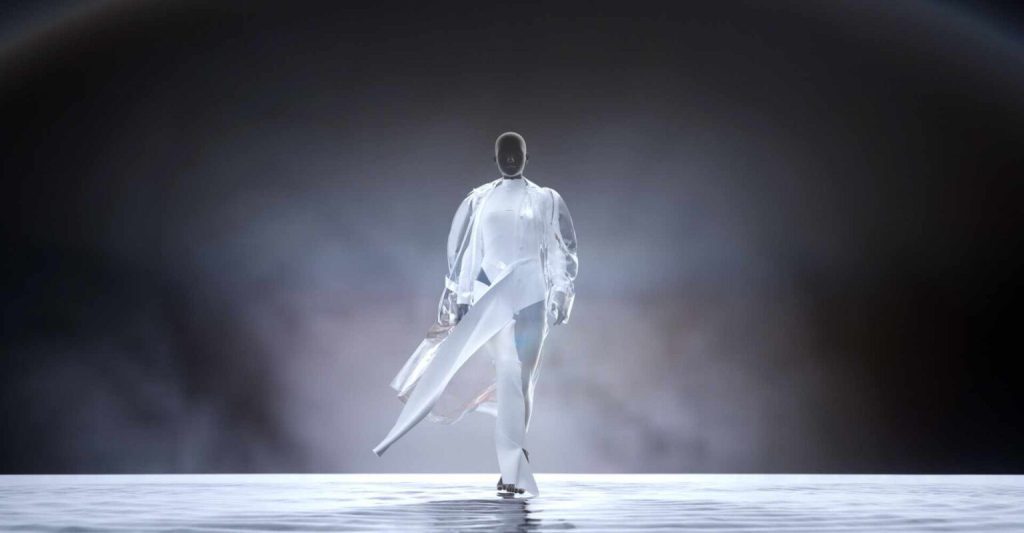About the Millennials
Millennial is the name given to the generation born from 1981 to 1996, dates now clarified by the Pew Research Center, although some have seen them as starting in 1980 and being born as late as 2004.1 Also known as Generation Y (Gen Y), the millennial generation follows Generation X (Gen X). In terms of numbers, it has edged out the baby boomers as the most significant generation in American history.
Millennials are so named because they were born near, or came of age during, the dawn of the 21st century—the new millennium. As the first to be born into a digital world, members of this group are considered digital natives. Technology has always been a part of their everyday lives
It’s been hard to escape the acronym NFT over the past year. Non-fungible tokens have become a part of mainstream culture with celebrities from Paris Hilton to Lionel Messi even joining the conversation; but what sentiment does the public really have towards NFTs and the Metaverse
About the NFT
Using data¹ from Google Search Trends, Linkfluence, and Answer the Public, Ebuyer has revealed that over 1.7 million negative posts were generated on NFTs and 337,000 negative posts on the Metaverse were generated over the past year.
So, my question conducts, does the public and Chinese Millennials really trust these new virtual innovations? And what exactly are people’s concerns on the topic? How to deal with this and change Chinese Millennials attitudes
There are three main aspects of innovation brought about by virtual clothing. It allows designers to create more reality-bending digital fashion pieces for people to wear as ways to express themselves and push creative boundaries. The concept of fashion can be easily modified and even experimental. This will greatly increase the need for innovation, thus taking the expression of self-identity to another level. Also, it helps consumers to liberate ourselves. Virtual worlds have no boundaries and no physical limits. Digital fashion, one might say, is getting a little more real. When you buy clothes, you have to consider the fit, how it would look in pictures, and, sometimes, how ethical the purchase is. I don’t need to worry about being ‘too big’ for digital fashion or whether was made in a sweatshop. Digital clothing can also bring about a revolution in environmental protection. We can try and wear them without using resources to produce individual products, which is the best embodiment of sustainability. Chinese high-end fashion brands can create specific avatars for consumers that give them the opportunity to try on clothes to reach a wider audience and market and create a more equal atmosphere of “cooperative participation”.
